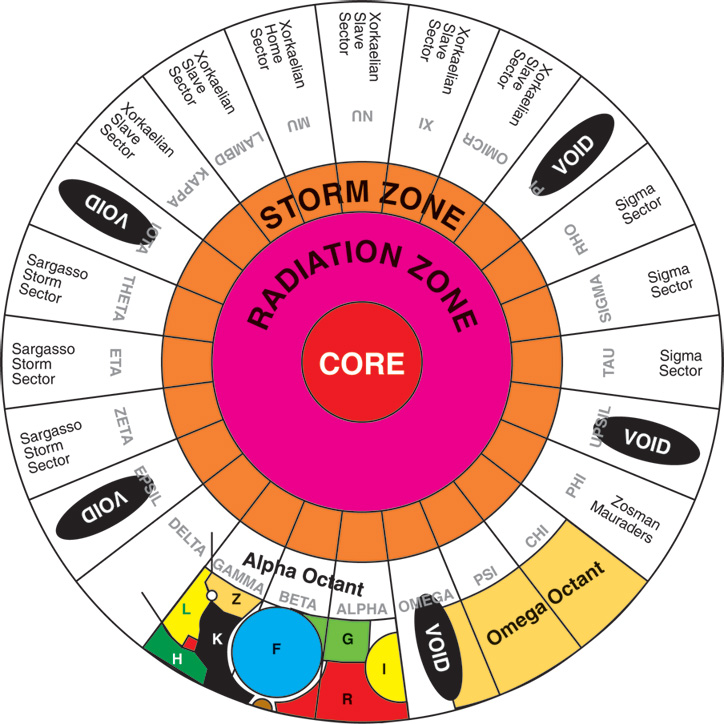I don't know. Space may be big, but dividing the Galaxy into fourths seems reasonable when talking about large regions of space.
I never said it wasn't. I just said that it's only useful in that narrow context, so Trek overused it when it would've been better to come up with alternative cartographic designations that would be more broadly useful.
It's the same problem they had with "warp core breach." When TNG: "Contagion" introduced the term, it was explicitly stated that a core breach was virtually impossible due to the dozens of safeguards that would have to fail simultaneously to allow it to happen. So there would be dozens of ways that a ship could be destroyed or its crew killed without breaching the core, because antimatter is so dangerous that the means for containing it would have to be supremely robust. And yet later writers just got lazy and fell back on using "warp core breach" every time they wanted to put the ship in danger, making warp cores seem insanely fragile.
More to the point, my comments go to the original question of this thread: Why would alien cultures use the same quadrant designation when it's so completely arbitrary? Sure, you can chalk it up to universal translators, but ideally it would be preferable to have a more physically meaningful, less imaginary way of partitioning the galaxy. I mean, different countries pre-1880s may have had a bunch of different ideas of what the Prime Meridian should be, but they could all agree on where the continents and oceans and mountain ranges and rivers were. And I'm just trying to offer some thoughts on the broader question of galactic cartography and the challenges it poses, because that's something I've had to give thought to in developing my own original science fiction. It's not just about nitpicking Trek-canon minutiae. The galaxy is a real place, after all, so a discussion about its structure and cartography is not just about one TV series.




